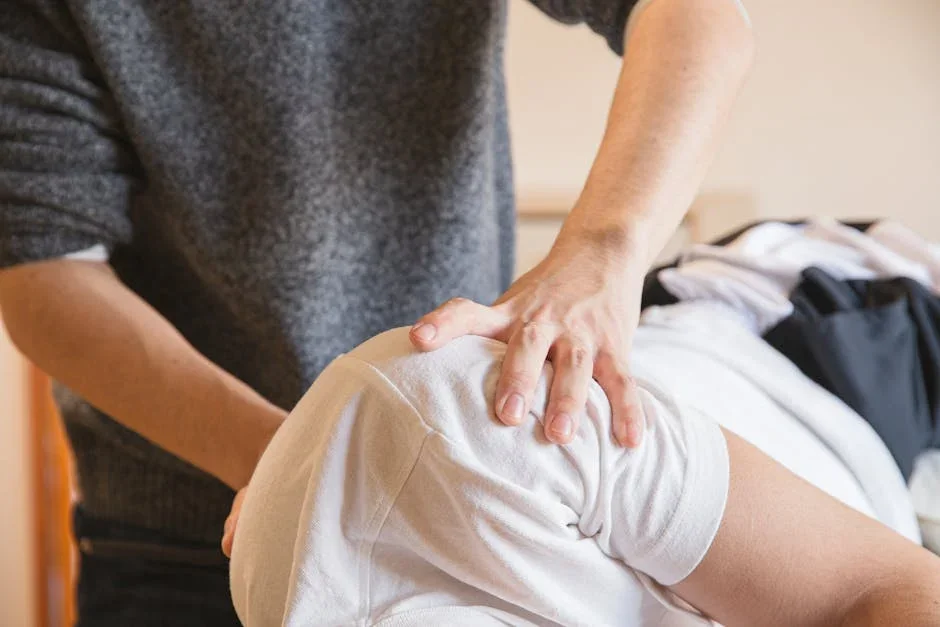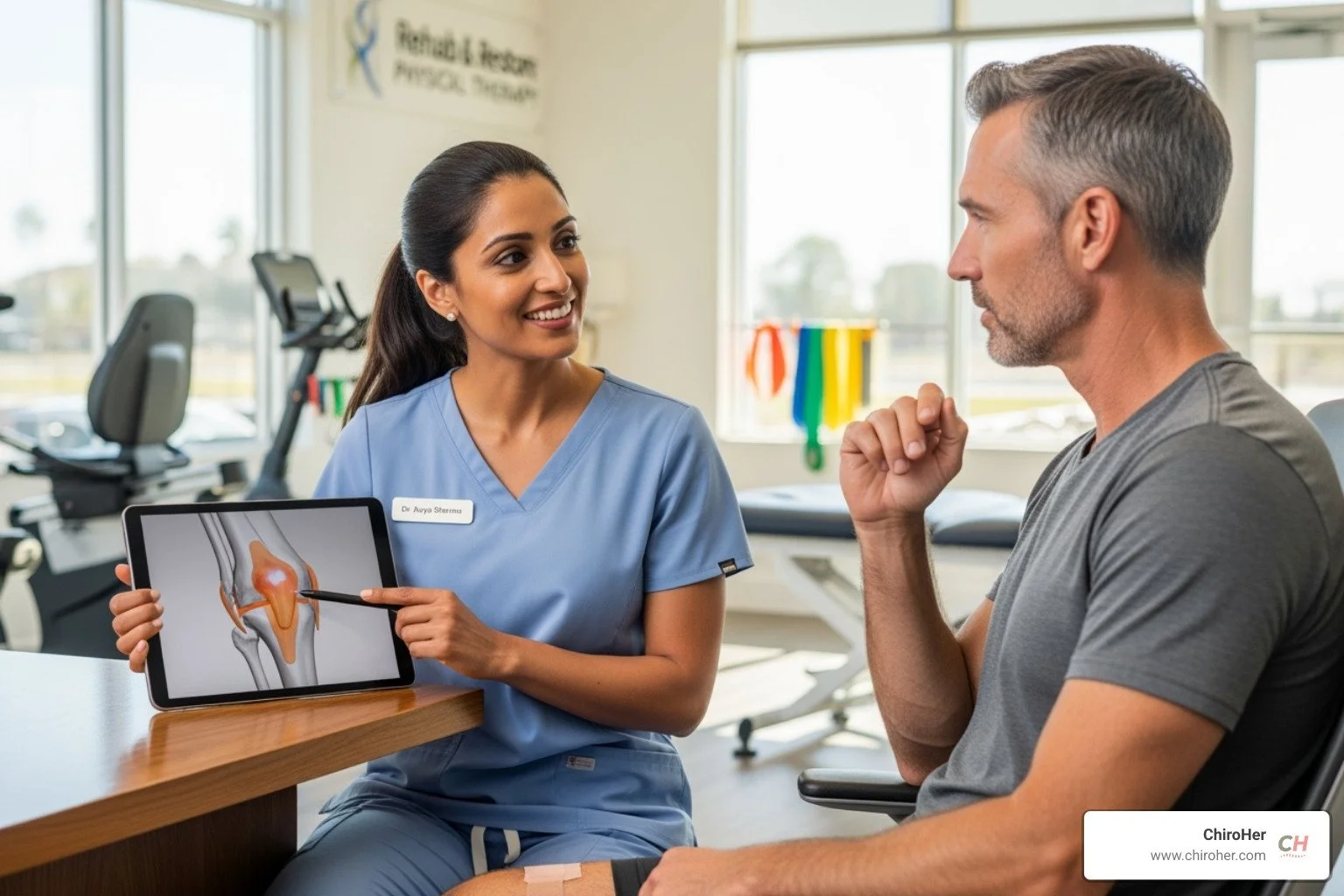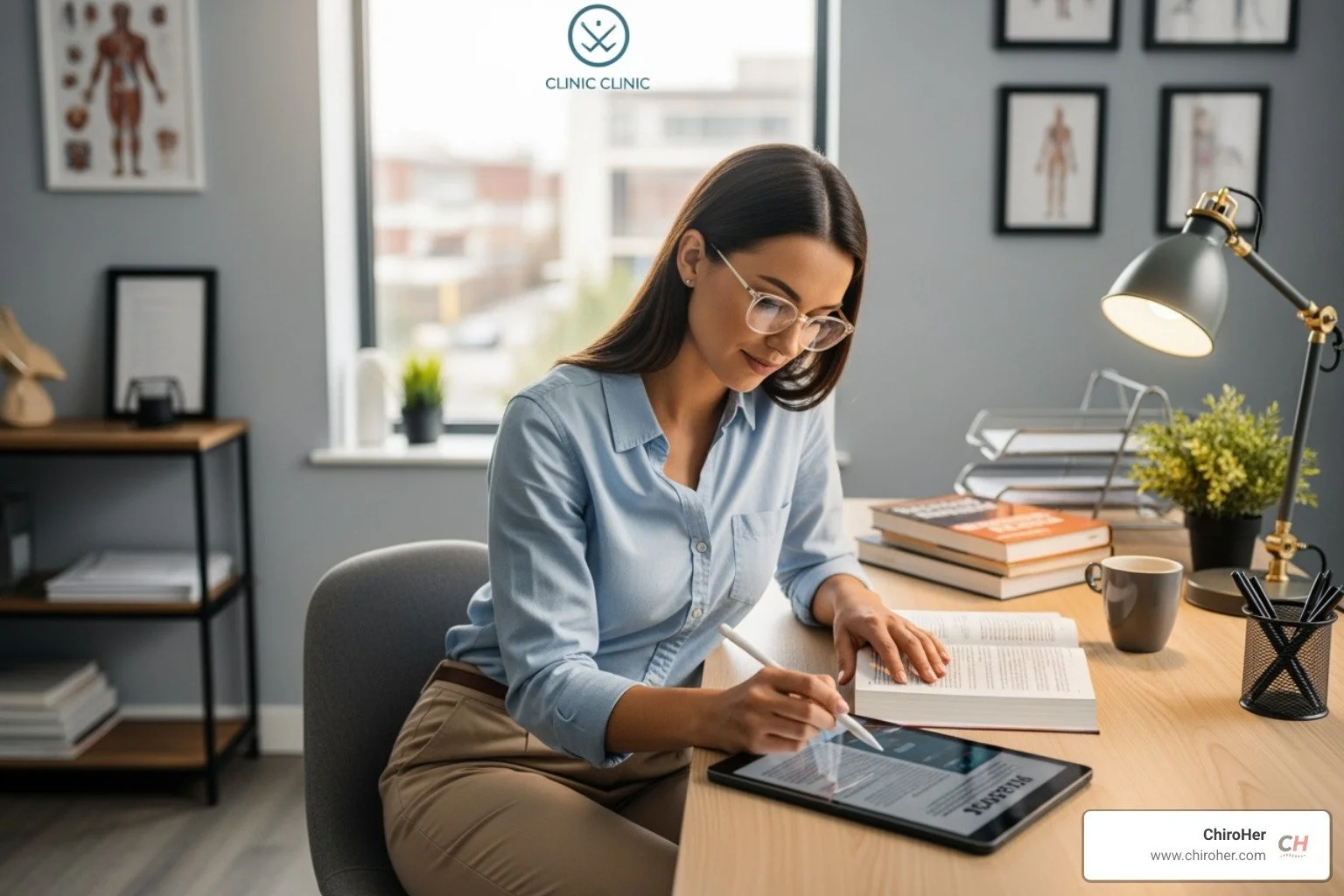Get a Grip: Understanding Manual Therapy in Physical Therapy
What Manual Therapy in PT Really Means for Your Recovery
Many patients ask "what is manual therapy in PT?" when they're referred for physical therapy. It's the skilled use of hands-on techniques by physical therapists on soft tissues and joints to reduce pain, improve mobility, and restore function.
Quick Answer:
Definition: Skilled hand movements applied to joints and soft tissues by physical therapists
Purpose: Reduce pain, improve range of motion, decrease inflammation, and promote healing
Techniques: Joint mobilization, soft tissue work, muscle energy techniques, and myofascial release
Conditions: Back pain, neck pain, headaches, joint stiffness, and sports injuries
Benefits: Pain relief, better movement, faster recovery, and improved quality of life
The American Physical Therapy Association defines it as "skilled hand movements and skilled passive movements of joints and soft tissue." This is more than massage; it's a precise, evidence-based approach for specific movement problems and pain patterns.
For those with chronic pain or mobility issues, it offers relief without total reliance on medication or surgery. Research shows it's highly effective when combined with therapeutic exercise.
Hi! I'm Dr. Michelle Andrews. At ChiroHer, I've seen that understanding what manual therapy in PT is helps patients make informed care decisions and get better results. When people know what to expect, they engage more actively in their recovery.
Manual Therapy Techniques and Their Benefits
When patients ask what manual therapy in PT is, they're asking about a powerful tool in physical therapy. It's more than simple touch; it's a precise, evidence-based approach where we use our hands for diagnosis and treatment. We use skilled touch to treat the root causes of discomfort and help your body move properly again.
What are the goals and benefits of manual therapy?
Every session has goals customized to your needs. The main benefits include:
Pain control: We use techniques to interrupt pain signals and calm the nervous system.
Improved tissue extensibility: We work to restore flexibility to tight muscles, tendons, or ligaments, preventing compensation patterns that cause further issues.
Increased joint mobility: Stiff joints affect your whole body's movement. We use gentle techniques to restore smooth, pain-free motion.
Reduced swelling: Our hands-on work improves circulation and lymphatic drainage, helping your body clear out inflammation.
Relaxation: Skilled, therapeutic touch is calming and activates your body's healing response.
Decreased inflammation: By improving blood flow and reducing stress on tissues, we create an environment for effective healing.
Research shows these benefits lead to faster recovery, less reliance on pain medication, and better overall function, as supported by scientific research on manual therapy definitions from professional organizations.
Common Manual Therapy Techniques in Physical Therapy
Each technique serves a specific purpose in your recovery:
Soft tissue mobilization: This common technique uses various pressures to release tension in muscles, tendons, and fascia.
Strain-counterstrain: A gentle technique where we find a tender point and position your body to relax the muscle, holding it for about 90 seconds to release the spasm.
Joint mobilization: We use gentle, rhythmic movements to restore a joint's natural range of motion.
Muscle energy technique: You actively participate by contracting a muscle against resistance, followed by a stretch. This improves both flexibility and strength.
High-velocity, low-amplitude thrusting: This involves a quick, precise movement at a joint's end range. The "pop" sometimes heard is just gas releasing and isn't required for the technique to be effective.
Myofascial release: This targets the fascia, the connective tissue around muscles. Sustained pressure helps release tightness that can cause widespread pain.
What conditions commonly benefit from manual therapy?
Manual therapy is effective for many common conditions:
Back pain: Addresses muscle spasms and joint stiffness in the spine.
Neck pain and headaches: Restores normal movement and reduces muscle tension.
Shoulder pain: Helps with conditions like rotator cuff injuries or frozen shoulder by restoring the joint's delicate balance.
Hip and knee osteoarthritis: While it can't reverse arthritis, it can improve function and comfort, especially when combined with exercise.
Ankle sprains: Reduces swelling, restores joint mechanics, and prevents chronic stiffness.
Carpal tunnel syndrome and tennis elbow: Addresses underlying tissue restrictions that contribute to these overuse injuries.
What to Expect During Your Manual Therapy Session
Your first manual therapy session shouldn't be overwhelming. At ChiroHer, we've created a comfortable, healing environment for you, whether you're recovering from an injury or just want to move better.
What should I expect during a manual therapy session?
Your treatment with us starts with a conversation, because understanding your story is as important as your symptoms.
Initial evaluation: We'll discuss your pain, its triggers, and its impact on your life. This conversation often reveals connections you may not have noticed.
Physical assessment: I'll observe your movements and then use hands-on evaluation to feel for tension, restriction, or tenderness in muscles and joints. This is a gentle exploration to understand your body's condition.
Hands-on treatment: Based on your needs, I'll use techniques like gentle joint mobilization or soft tissue work. I always explain what I'm doing and why.
Communication: Your feedback is vital. Let me know about pressure levels or what feels helpful. We aim for a therapeutic comfort level, typically a 4-5 on a 1-10 pain scale.
Post-treatment soreness: It's normal to feel sore, similar to after a workout. This usually fades in 24-48 hours. I'll provide guidance on how to manage it.
Our approach integrates manual therapy into your broader wellness plan, combining it with movement education, exercise, and lifestyle advice for long-term health. More info about our services
How does manual therapy in PT work?
Manual therapy works by communicating with your body on multiple levels.
Biomechanical changes: Specific pressures and movements lengthen tight muscles, ease joint restrictions, and improve circulation, restoring your body's natural mechanics.
Neurophysiological effects: Manual therapy influences your nervous system's pain pathways. Therapeutic pressure can activate natural pain-relieving chemicals like endorphins. It helps calm the spinal cord's pain signals and can change how your brain processes pain, breaking chronic pain cycles.
Psychological factors: The trust and support in our therapeutic relationship are key. Feeling heard helps your nervous system shift from protection to healing. A positive outlook, fostered by understanding your treatment and our welcoming Oklahoma City clinic, improves the physical benefits.
Understanding what manual therapy in PT accomplishes means recognizing we treat you as a whole person. Effective treatment addresses the sensory, emotional, and cognitive aspects of your pain. Scientific research on the mechanisms of manual therapy
Is manual therapy in PT always the right choice?
While manual therapy is beneficial, it's not always the right choice. Your safety is my priority, and honest communication is key to choosing the best approach for you.
Medical conditions: We modify or avoid manual therapy for conditions like recent fractures, active infections, tumors, or severe osteoporosis.
Joint instability: For hypermobile joints, we focus on strengthening and stabilization exercises rather than mobilization.
Neurological red flags: Symptoms like severe dizziness, vision changes, or certain types of numbness require immediate medical evaluation before proceeding.
Patient preference: Your preference guides our approach. Manual therapy is best integrated with exercise and education. We'll find the right balance for you.
The goal is to find the safest, most effective approach for you. If manual therapy isn't the right fit, we have many other tools to support your recovery. Book an appointment with us
Building Trust: The Science and Expertise Behind Manual Therapy
At ChiroHer, we know choosing a healthcare provider is personal. We want you to be confident that your treatment is based on solid science from practitioners who understand what manual therapy in PT is and how it helps you heal.
Our team stays current with the latest research in this evolving field. We understand how manual therapy affects the nervous system, reduces pain, and influences the brain's perception of discomfort. It's about understanding the body's complex response to skilled touch.
Our Oklahoma City practitioners attend continuing education courses and study the latest research. We examine the evidence behind techniques to ensure you receive treatments with proven benefits.
Research shows manual therapy works best when combined with therapeutic exercise and patient education. That's why we integrate it into a complete care plan.
We are transparent about the research. While manual therapy has strong support, we're also honest about its limitations. This honesty builds the trust important for your healing.
Our commitment to evidence-based practice means we're always learning about pain modulation, tissue healing, and the mind-body connection. We bring this knowledge to every session to promote your recovery. For those interested in the research, this link provides an excellent overview of the mechanisms of manual therapy.
At ChiroHer, our award-winning approach combines science with genuine care. We take time to explain what we're doing and why, so you feel empowered in your treatment choices.
This guide is for informational purposes and is not a substitute for already established medical advice from your healthcare provider.





